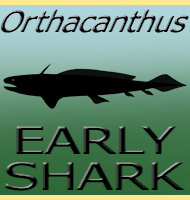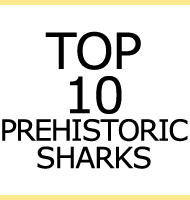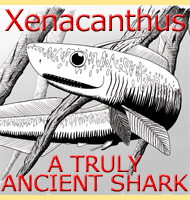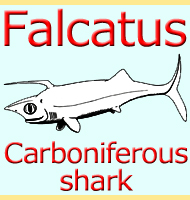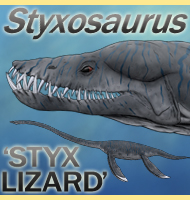


Stethacanthus
a.k.a. the 'Anvil Shark' and 'Ironing Board Shark'
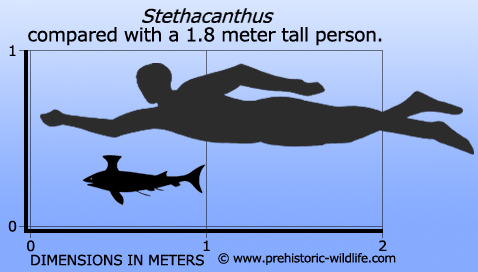
Name: Stethacanthus
(Chest spine).
Phonetic: Stef-ah-can-thus.
Named By: John Strong Newberry - 1889.
Classification: Chordata, Chondrichthyes,
Elasmobranchii, Symmoriida, Stethacanthidae.
Species: S. altonensis, S. concavus, S.
productus, S.
praecursor,
S. mirabilis, S. resistens, S. thomasi.
Type: Carnivore.
Size: Approximately 70 centimetres long.
Known locations: China, Europe, North America and
Russia.
Time period: Late Devonian.
Fossil representation: Many specimens making
Stethacanthus one of the best represented of early
shark.
As
a
prehistoric
shark, Stethacanthus immediately stands
out from its modern
day brethren. Unlike the triangular dorsal fin that people associate
with sharks today, The dorsal fin on Stethacanthus
was shaped like an
anvil. In addition to the unusual shape, small spikes covered the
growth as well as appearing on top of the head. These spikes were
larger versions of the placoid scales that cover the entire bodies of
sharks and work by reducing drag and allowing sharks to swim more
efficiently. It is still unknown what benefit the large spikes
provided, but with its distinctive dorsal fin, Stethacanthus
would have
had no problem recognising others of its own species. Further, it seems
that only the males had this 'brush' of spikes. Two long cartilaginous
tendrils also trailed from the back of pectoral fins, but there exact
purpose is also unknown.
It
is thought that
Stethacanthus dwelled in coastal waters feeding upon
fish and
cephalopods much like modern sharks do today. Large quantities of
Stethacanthus teeth concentrated in some locations
has led to
speculation that Stethacanthus may have migrated to
breeding grounds
during the course of its life.
In
1982 another specimen of
Stethacanthus dubbed the 'Bearsden Shark was
discovered in Scotland
near Glasgow. This was a very important find as much of the
cartilaginous skeleton was preserved. Such an occurrence is extremely
rare and this makes the Bearsdon shark fossil one of the best
preserved shark fossils in the world.
Further reading
- Carboniferous fishes from the central western States - Bulletin of
the Museum of Comparative Zoology 39:163-226 - C. R. Eastman - 1903.
- Two new Stethacanthid sharks (Stethacanthidae, Symmoriida) from the
Pennsylvanian of Indiana, USA - Palaeontographica Abteilung A
213:115-141 - R. Zangerl - 1990.
- Early Carboniferous Fishes (Acanthodian, Actinopterygians, and
Chondrichthyes) from the East Sector of North Qilian Mountain, China -
Vertebrata PalAsiatica 42(2):89-110 - N. Wang, J. Fan & W. Wang
- 2004.
- Symmoriiform sharks from the Pennsylvanian of Nebraska. - Acta Geologica Polonica. 68 (3): 391–401. - Michał Ginter - 2018.
----------------------------------------------------------------------------
Random favourites
 |
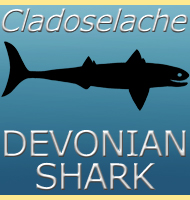 |
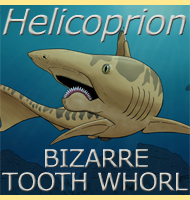 |
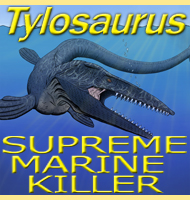 |
